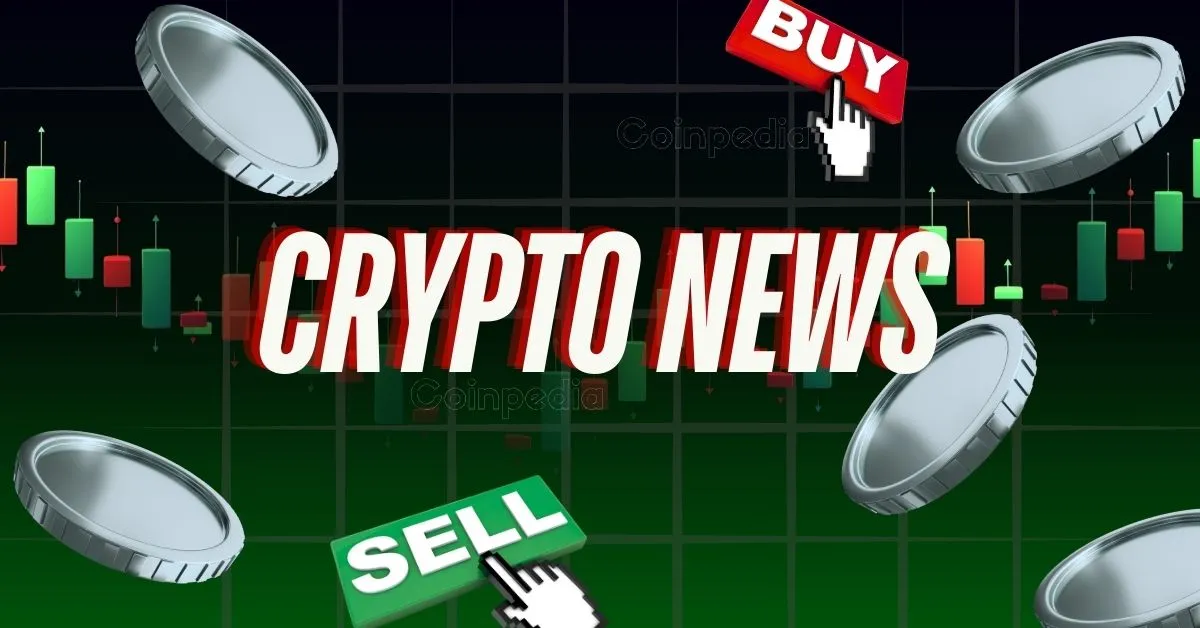
Ethereum (ETH) is heating up, mirroring Bitcoin’s (BTC) recent surge towards the critical $66.4k resistance. Following BTC’s movement, Ethereum’s price rose over 3%, reaching about $2,610 during the early European session on Tuesday. The major altcoin, valued at roughly $314 billion on a fully diluted basis with an average daily trading volume of around $20 billion, climbed to a range high of $2,638.
Just a temporary spike, or is something bigger at play? Let’s dive in for answers.
Ethereum’s recent gains come after facing significant pressure, largely due to a selloff from institutional investors amid sluggish demand. Since the first approval of spot Ether ETFs by the U.S. Securities and Exchange Commission (SEC), the market has seen net cash outflows exceeding $541 million, signaling ongoing uncertainty.
Despite the challenges, veteran trader Peter Brandt sees a potential bullish turn for Ethereum. He noted that ETH appears ready for a breakout, as it has been forming an inverted head and shoulders (H&S) pattern—a signal often associated with a possible trend reversal. The pattern emerged after the price spent the past seven months below the $3,000 mark.
ETH/BTC Pair Analysis
The ETH/BTC pair has found solid support around 0.038, suggesting a possible rebound after forming a double bottom. Additionally, the Relative Strength Index (RSI) shows a rising bullish divergence, indicating growing strength in the market and the potential for an upward movement.
The approval of spot Ether ETFs in various regions has increased scrutiny on Ethereum’s ecosystem. Yet, some industry leaders remain optimistic.
BlackRock CEO Larry Fink predicts that the network will see significant growth in the coming years, driven by rising liquidity and improved transparency. Currently, Ethereum leads in total value locked (TVL) and stablecoin market capitalization, reflecting its dominance in the decentralized finance (DeFi) space.
While there is optimism, some experts have raised concerns about Ethereum’s long-term sustainability. Justin Bons, founder and CIO of Cyber Capital, warned that Ethereum faces not just intellectual and ethical issues, but also economic challenges.
He pointed out that high transaction fees on Ethereum’s Layer 1 (L1) network make it less appealing compared to competitors like BNB Chain, Solana (SOL), and Tron (TRX).
Layer 2 Solutions – Are They Good or Bad for ETH?
Ethereum’s Layer 2 (L2) scaling solutions, which aim to reduce transaction fees, are seeing increased adoption. However, Bons cautioned that this shift to L2 networks could come at a cost to the L1 network, which may struggle if more economic activity moves away.
For example, Uniswap (UNI), one of Ethereum’s largest DeFi protocols, is gradually expanding its L2 network, potentially reducing fees collected on L1.
With Ethereum’s price approaching a possible breakout, the market remains divided over the network’s future. While some expect strong growth supported by increased liquidity and strategic use of scaling solutions, others highlight economic and structural issues that could hinder its long-term success.
Investors should keep an eye on key market signals and expert views as the situation evolves.
Ripple Labs-backed XRP gained 5 percent in the past 24 hours to trade above $3.04…
The United States House of Representatives has voted to advance three major crypto bills on…
Ozak AI, a project operating at the intersection of artificial intelligence and blockchain technology, is…
Get ready to revolutionize your gaming experience. Casino.TG, the first truly native Telegram casino, has…
A new viral memecoin, which costs less than $0.002, is garnering significant attention in the…
Cardano (ADA) delivered one of the most iconic rallies in recent crypto history, skyrocketing from…